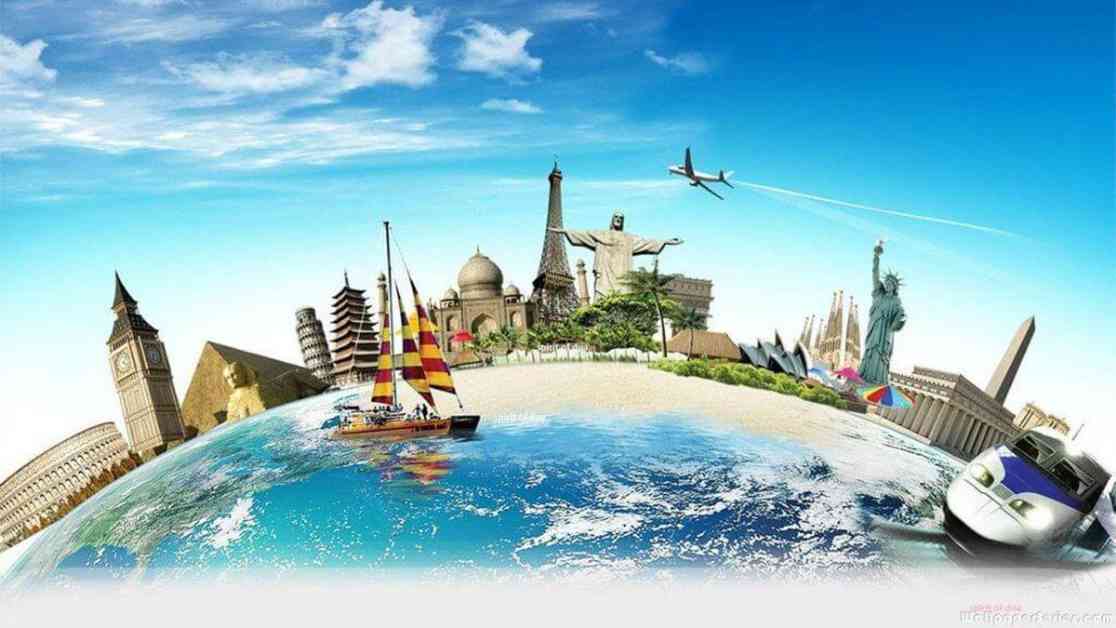In recent years, the tourism and hospitality industry has witnessed significant shifts due to the convergence of technology, wellness, and social media, influencing how people travel and choose destinations. One of the emerging trends in the industry is sleep tourism, where hotels and resorts focus on providing travelers with opportunities to enhance their sleep quality. This trend has gained momentum as more individuals recognize the importance of rest in their overall well-being. Sleep tourism is now a global market valued at $640 billion, projected to exceed $1 billion by 2028. Hotels like Hilton and Marriott are introducing innovative offerings like ‘sleep suites,’ equipped with AI-powered smart beds to help guests achieve better sleep.
For example, Canyon Ranch Tucson has introduced the Mastering Sleep Retreat, a unique program that goes beyond traditional spa experiences by offering lectures on the impact of supplements and exercise on sleep, sleep assessments by medical professionals, and science-backed strategies to improve sleep habits. This shift towards sleep tourism underscores a growing acknowledgment of mental and physical health as essential components of the travel experience.
Moreover, social media platforms such as TikTok are also reshaping tourism trends by highlighting lesser-known sites and transforming them into popular tourist destinations. Influencers have the power to draw attention to hidden gems, attracting visitors who are seeking trendy locations for their social media posts. This phenomenon has led to an increase in foot traffic at sites like the Hendrik Christian Andersen Museum, which previously saw few visitors but is now experiencing renewed interest due to social media exposure.
While social media plays a crucial role in driving tourism trends, it also raises questions about the motivations behind travel. Some locals express mixed feelings about the influx of visitors seeking social media validation, as it may overshadow the cultural and historical significance of certain sites. However, others see the potential benefits of increased tourism, such as investment and restoration of neglected attractions.
As the tourism industry evolves to cater to the changing preferences of travelers, businesses are adapting their services to align with the demands of modern tourists. Offering amenities focused on health and social media aesthetics has become essential for hotels and restaurants looking to attract a new generation of travelers. The rise of sleep tourism and the influence of social media on travel trends indicate a shift towards experiential travel, where personal fulfillment and social validation are equally important.
In conclusion, the dynamic changes in the tourism and hospitality industry reflect a blend of ancient practices with modern technologies and social imperatives. Businesses are learning to navigate this evolving landscape by providing unique experiences that cater to the desires of contemporary travelers. Whether it’s through promoting restful stays or creating picture-perfect moments for social sharing, the industry is embracing innovation to meet the needs of a new generation of travelers who value experiences as much as they value sharing them.

